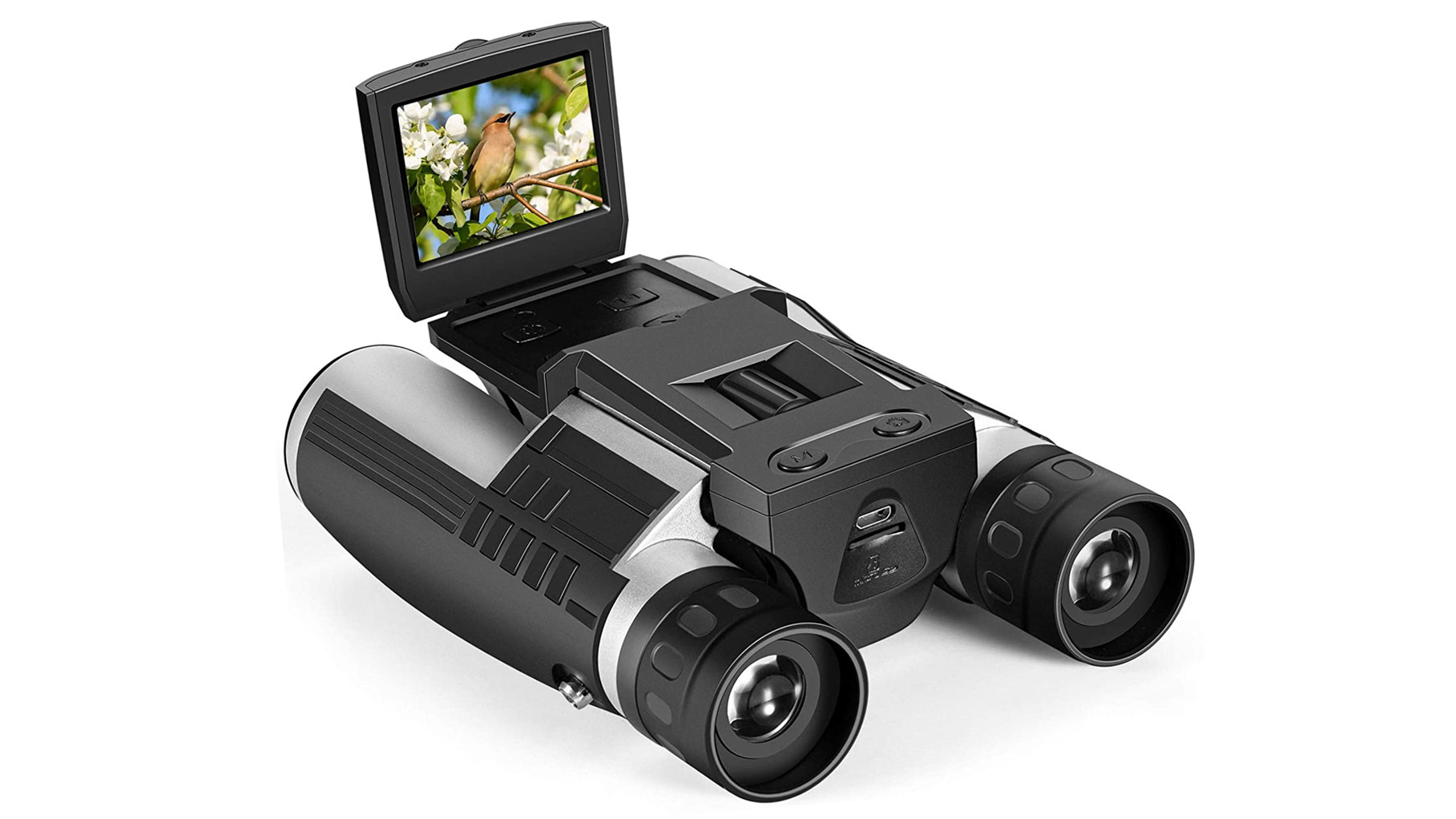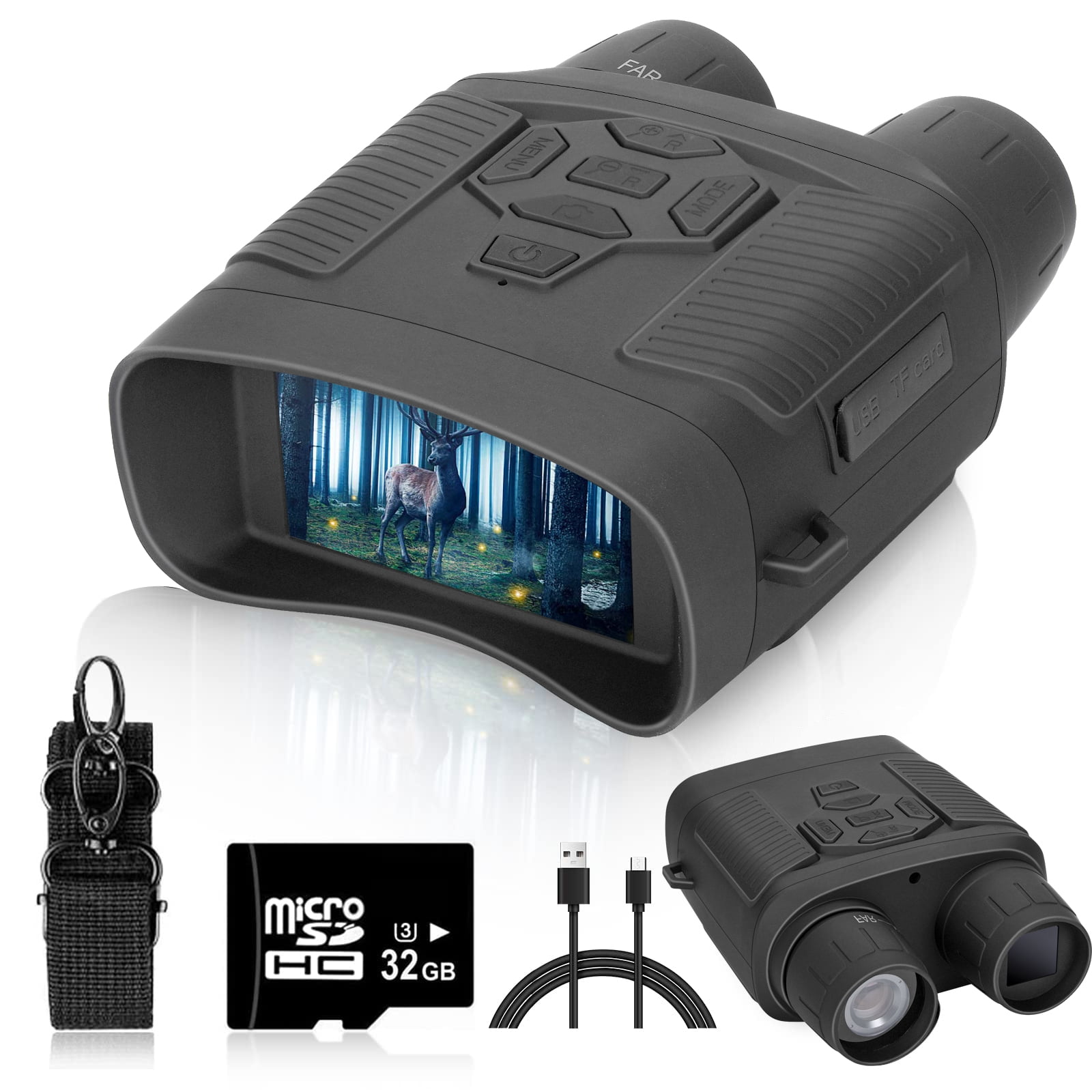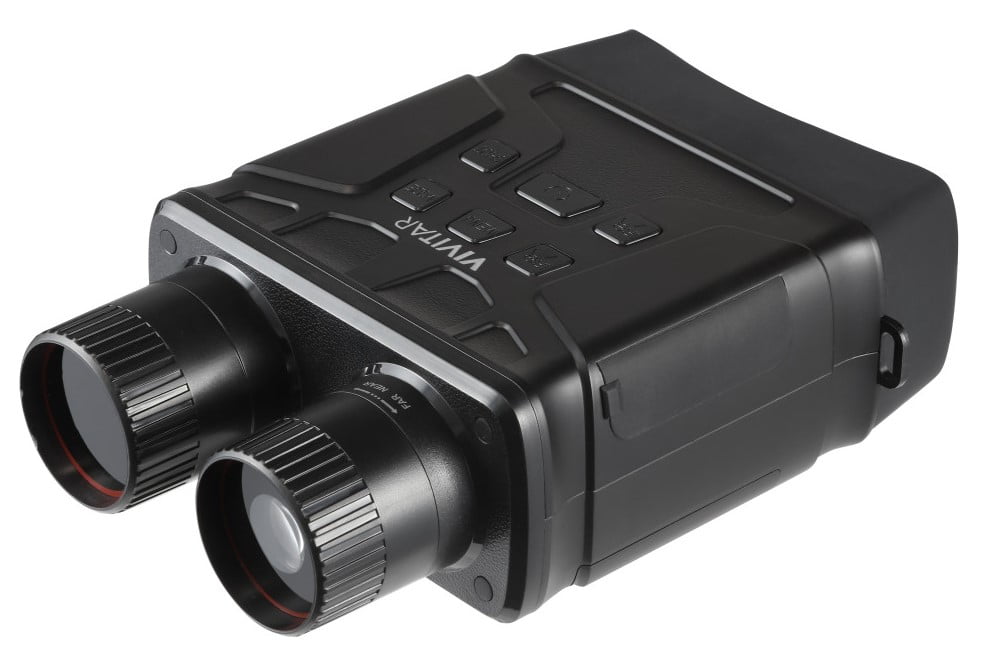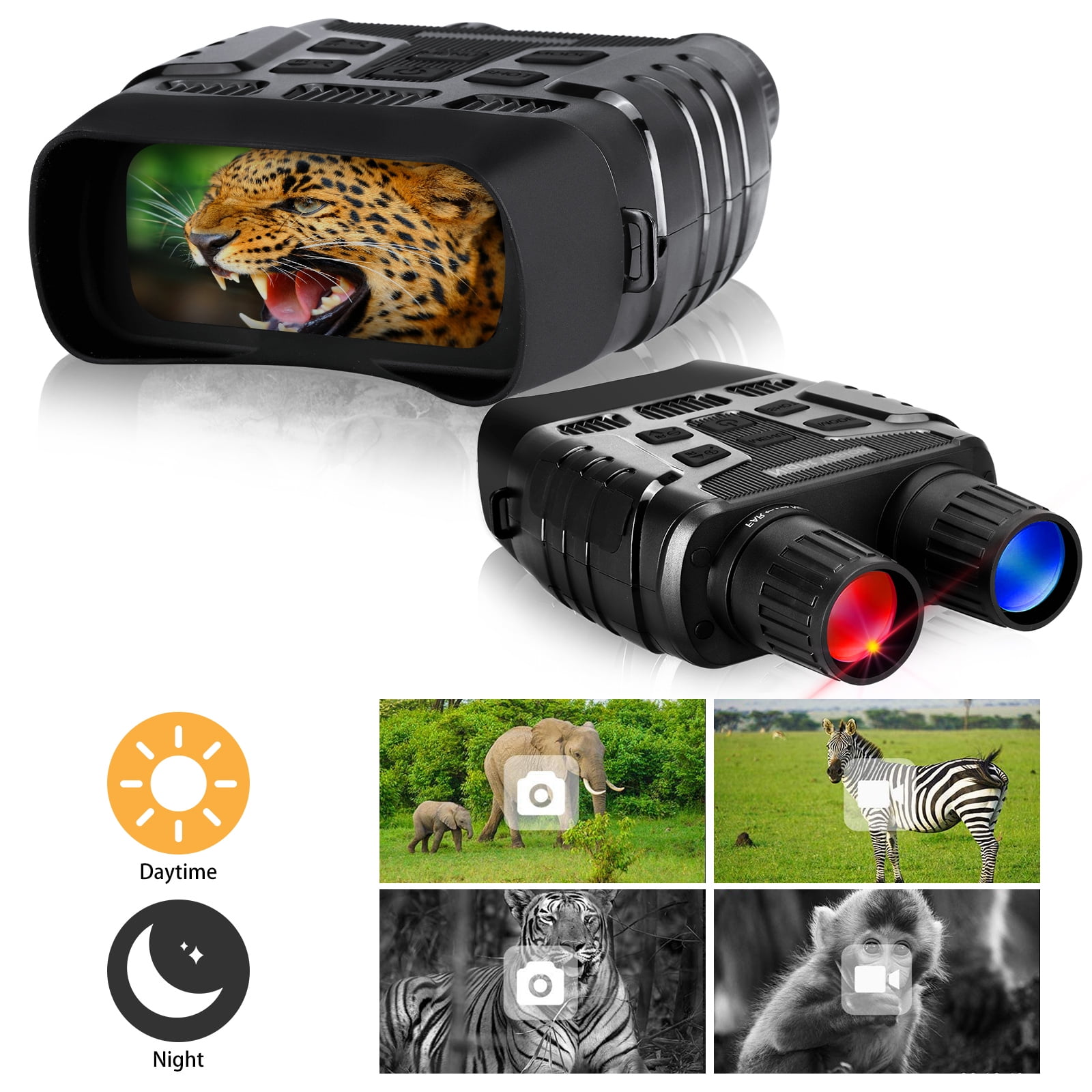Night Vision Binoculars With Built In Camera

The veil of darkness has long been a barrier to observation and documentation. Now, a new generation of night vision binoculars equipped with integrated cameras is poised to revolutionize how we perceive and record events in low-light conditions.
From wildlife enthusiasts documenting nocturnal animal behavior to security personnel monitoring perimeters, these devices are rapidly gaining traction across diverse sectors.
A New Era of Nighttime Observation
Night vision binoculars with built-in cameras are transforming surveillance and exploration in the dark. These devices combine the ability to see in low-light conditions with the capability to record images and videos.
The core of these binoculars lies in image intensification or thermal imaging technology coupled with a digital camera system. This allows users to not only view but also capture and store what they see, offering unprecedented opportunities for analysis and evidence gathering.
The integration of these technologies into a single device offers significant advantages over traditional night vision equipment.
Understanding the Technology
Image intensification binoculars amplify existing ambient light through a multi-stage process. Incoming photons strike a photocathode, releasing electrons which are then multiplied through a microchannel plate before striking a phosphor screen to create a visible image.
Thermal imaging binoculars, on the other hand, detect infrared radiation emitted by objects based on their temperature. These devices create images based on temperature differences, allowing users to "see" heat signatures even in complete darkness or through obstructions like smoke or fog.
The camera component in these binoculars is typically a digital sensor capable of capturing both still images and video. Many models also include features such as adjustable resolution, zoom capabilities, and image stabilization.
Applications Across Industries
The versatility of these binoculars makes them valuable tools in various fields. Wildlife researchers are employing them to study nocturnal animal behavior without disturbing the subjects' natural environment.
Security personnel use them for perimeter surveillance and threat detection in low-light conditions. Search and rescue teams rely on these devices to locate missing persons, especially in remote or difficult-to-access areas.
Even recreational users, such as hunters and stargazers, are finding these binoculars increasingly useful for enhancing their nighttime experiences.
Law Enforcement and Security
The ability to record events is particularly crucial for law enforcement agencies and security firms. Imagine a scenario where officers are responding to a break-in at night.
With night vision binoculars equipped with a camera, they can not only navigate the darkness but also record video evidence of the perpetrators in action. This evidence can be used in court proceedings, providing indisputable proof of the crime.
Similarly, security guards patrolling large properties can use these binoculars to detect and document suspicious activity, deterring potential criminals.
Wildlife Observation and Research
For biologists and conservationists, these binoculars open up new avenues for studying nocturnal wildlife. Observing animals in their natural habitat without the use of bright lights minimizes disturbance and allows for more accurate data collection.
For example, researchers studying the behavior of bats can use these binoculars to record their flight patterns, feeding habits, and social interactions. This information can be used to develop conservation strategies and protect endangered species.
The integrated camera allows for easy documentation of observations, creating a valuable record for future reference.
Pros and Cons: A Balanced Perspective
While offering numerous benefits, these binoculars also present certain challenges. The cost can be a significant barrier for some users, as high-quality models with advanced features can be quite expensive.
Battery life is another consideration, as the continuous operation of the image intensification or thermal imaging system, combined with the camera, can drain batteries quickly. The ethical implications of using such technology must also be considered, including concerns about privacy and potential misuse.
However, advancements in battery technology and more affordable options are gradually addressing these concerns.
Technical Considerations
Image quality is a crucial factor to consider when evaluating different models. Higher resolution cameras and more advanced image processing algorithms will generally produce clearer and more detailed images.
The range of the night vision system is also important, as some binoculars are better suited for short-range observation while others can provide clear images at greater distances. The user interface and ease of operation are additional factors to consider, as a complicated menu system can be frustrating to navigate in the dark.
Durability and weather resistance are also essential, especially for users who plan to use the binoculars in harsh environments.
The Future of Night Vision Technology
The field of night vision technology is constantly evolving, with new innovations emerging regularly. We can expect to see further improvements in image quality, battery life, and overall performance.
The integration of artificial intelligence (AI) into these binoculars could also lead to new capabilities, such as automated object recognition and threat detection. Miniaturization will likely continue, resulting in lighter and more compact devices.
The declining costs of digital camera technology and image intensification components should make these binoculars more accessible to a wider range of users.
Ethical and Societal Implications
As night vision technology becomes more widespread, it is important to consider the ethical implications. Concerns about privacy and potential misuse need to be addressed through appropriate regulations and guidelines.
It is crucial to ensure that these binoculars are used responsibly and ethically, respecting the rights of individuals and protecting sensitive information. The potential for misuse, such as unauthorized surveillance, must be carefully considered.
Open discussions about these issues are essential to ensure that this powerful technology is used for the benefit of society.
Conclusion
Night vision binoculars with built-in cameras represent a significant advancement in nighttime observation and documentation. They offer a powerful combination of visibility and recording capabilities that is transforming industries and enabling new discoveries.
While challenges remain, ongoing technological advancements and increased affordability are likely to make these binoculars even more prevalent in the years to come. As this technology continues to evolve, it is imperative to address the ethical and societal implications to ensure responsible and beneficial use.
The future of nighttime observation is undoubtedly brighter with these innovative devices.


















